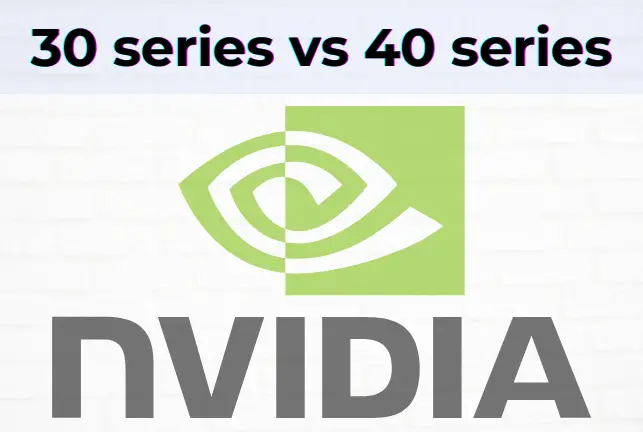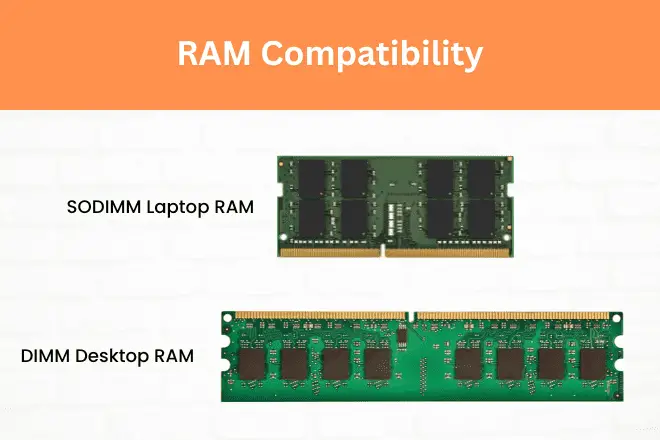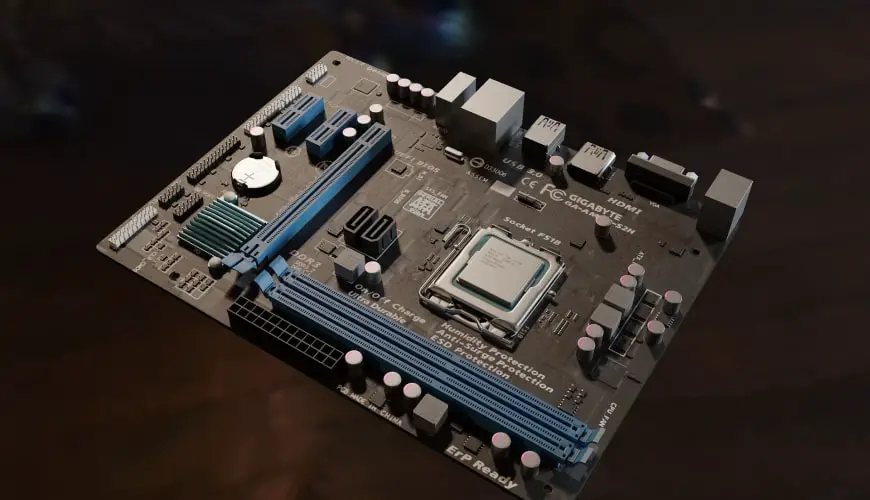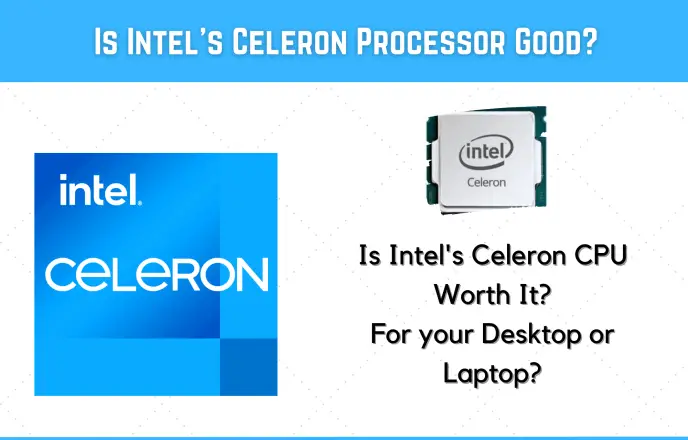When NVIDIA launched its last GPU of 40 series the RTX 4090, had impressive performance. This easily surpassed the RTX 3090 Ti, which was the fastest of the last generation, but of course, with an even higher price.
That is why we are going to take a look at a comparison of the RTX 40 vs RTX 30 graphics cards in terms of performance , consumption and price to see which is the best option .
The GPU could be considered the most important component for many PC users. And this is what allows us to play video games and is also used in multiple programs, whether for video editing , 3D modeling or graphics rendering.
Today, having reliable graphics is important to measure up. Just like we upgrade the processor and RAM when they lag, the same goes for the graphics card, yet, given the current prices, upgrading may not be a feasible option for everyone.
30 series vs 40 series GPUs
Frequency comparison
Before comparing, I clarify the most obvious difference is in their frequency in order to clearly see the performance increase.
RTX 3000 | Base frequency, MHz | Maximum frequency, MHz | RTX 4000 | Base frequency, MHz | Maximum frequency, MHz |
3050 | 1550 | 1770 | 4050 | — | — |
3060 | 1400 | 1770 | 4060 | 1830 | 2460 |
3070 | 1500 | 1750 | 4070 | 1920 | 2475 |
3080 | 1400 | 1710 | 4080 | 2210 | 2505 |
3090 | 1395 | 1690 | 4090 | 2230 | 2520 |
I have excluded versions for laptops here, as well as Ti versions of some video cards of both lines, which are more productive than the “basic” models.
As you can see, the gap is noticeable; the base frequency of 40-series video card processors can notably surpass the peak of 30-series chips. Additionally, the performance jump from the least to the most powerful card within the 40 series is more noticeable compared to the 30 series.
Differences in characteristics

One of the most important differences between the RTX 40 and RTX 30 series is architectures. The entire 30th series is based on the Ampere architecture, which replaced Turing from the 20th series.
Ampere is a more efficient architecture with improved performance and power consumption. Among the main characteristics of Ampere:
- Made on the 8 nm process technology
- 2nd generation RT Cores used for real-time ray tracing
- Ray tracing can be used with both compute and shading functions at the same time.
- Includes 3rd generation Tensor Cores for deep learning and AI enhancements
- GDDR6X video memory is used for the first time.
The 40th series is based on the Lovelace architecture and its characteristics already have differences:
- Made on a 5 nm process technology
- It has improved Ray Tracing capabilities with 2nd generation RT Cores
- Fourth generation tensor cores with support for FP8, FP16, bfloat16, TF32.
- GDDR6X memory continues to be the standard, with increased memory speeds and bandwidth
- CUDA 9.x cores are used to help further increase the computing performance of Nvidia graphics chips.
The architecture has impacted the technical process, the count of ray tracing cores, and the Nvidia technologies accessible to graphics chips.
Pros and cons of the series
Now let’s talk about the advantages and disadvantages. Many argue that it’s unnecessary, claiming one series outshines the other in every aspect under comparison.
Weaker GPU cards might have limited power, once an asset, turning into a disadvantage, while the more advanced line could face criticism for its high costs. This holds some truth, but only partly.
The benefits of the 30 series can be summed up in a single point: all the graphics cards featured are ideal for everyday users. When I say everyday users, I’m referring to individuals like myself, you, and many others who use computers for work, browsing the Internet, and occasionally gaming. Neither you nor I require our PCs to operate at lightning speed constantly.
The 3000 series, in a manner of speaking, caters better to the average user. Hence, it continues to remain relevant, despite the fact that the performance isn’t as strong, ray tracing isn’t top-notch, and there aren’t numerous enhancements for graphics in the package.
40 series presents a different story – a truly remarkable car. Have you checked out the processor frequency on this one? Designed for longevity, eliminating the need for replacement in the coming years. Additionally, it showcases Nvidia’s best efforts to enhance picture quality.
But don’t forget that these graphics cards consume a lot of power and therefore generate a lot of heat and GPU temp get increased, so you will need a quality case and effective cooling to ensure that the system can cope with such a load. Additionally, all other components, such as the motherboard, processor, and power supply, must be adjusted accordingly to accommodate such a powerful video card.
As of now, the 40-series video cards come with a hefty price tag at the time of writing, and if you also adjust the rest of the PC components to them, the expenses can be substantial, if not burdensome.
Moreover, some users note that the performance of the 40 series is impressive, but most people simply do not need it today.
If your constantly involve in modern gaming, demanding software, or streaming, then, of course. However, not everyone uses a computer this way. And when you invest in a GPU, you still want to use it for all the money invested.
Changes and results
Despite the fact that the 30 series of Nvidia chips may have inferior characteristics compared to the 40 series, it still remains worthy of attention and copes well with its functions. Both series are ideal for gaming computers, yet currently, the 30 series caters more to users with mid-performance PCs who enjoy classic games and some less demanding modern titles.
If you need something more powerful and are focused on modern games, especially for upcoming releases, then the 40th series should definitely be your choice. And it’s not just about the performance of these video cards, which will allow you to run the latest games at the highest graphics settings. But also in advanced ray tracing, and exclusive Nvidia features, which make the picture much more pleasing to the eye. This is really noticeable.
So, if you want to use graphic cards that will offer you energy efficiency, performance, and the latest graphics processing developments, the RTX 4000 is a great choice. These powerful products not only excel in gaming but also in handling complex graphic software with ease. With longevity in mind, you won’t be needing a card upgrade anytime soon.
Reviewing and comparing entire lines of Nvidia video cards has proven to be quite interesting; the noticeable differences underscore the developers’ excellent work in elevating video card technology.
But you can understand exactly which line is right for you personally only by trying them yourself on your computers. Still, a lot will depend on the remaining components. But I have no doubt that if you choose everything that matches each other in terms of power to allow the video card to fully reveal itself, you will not be disappointed.




